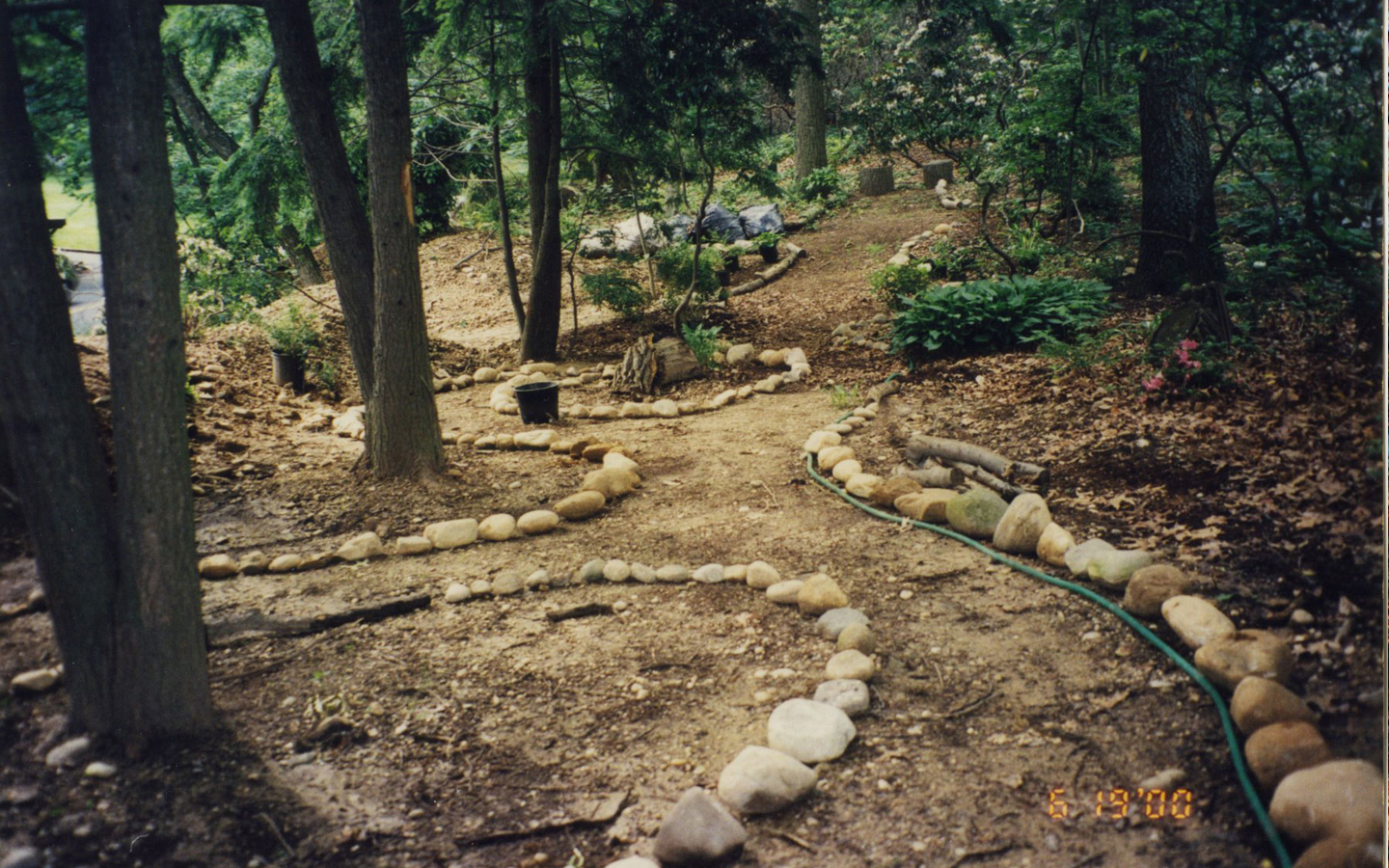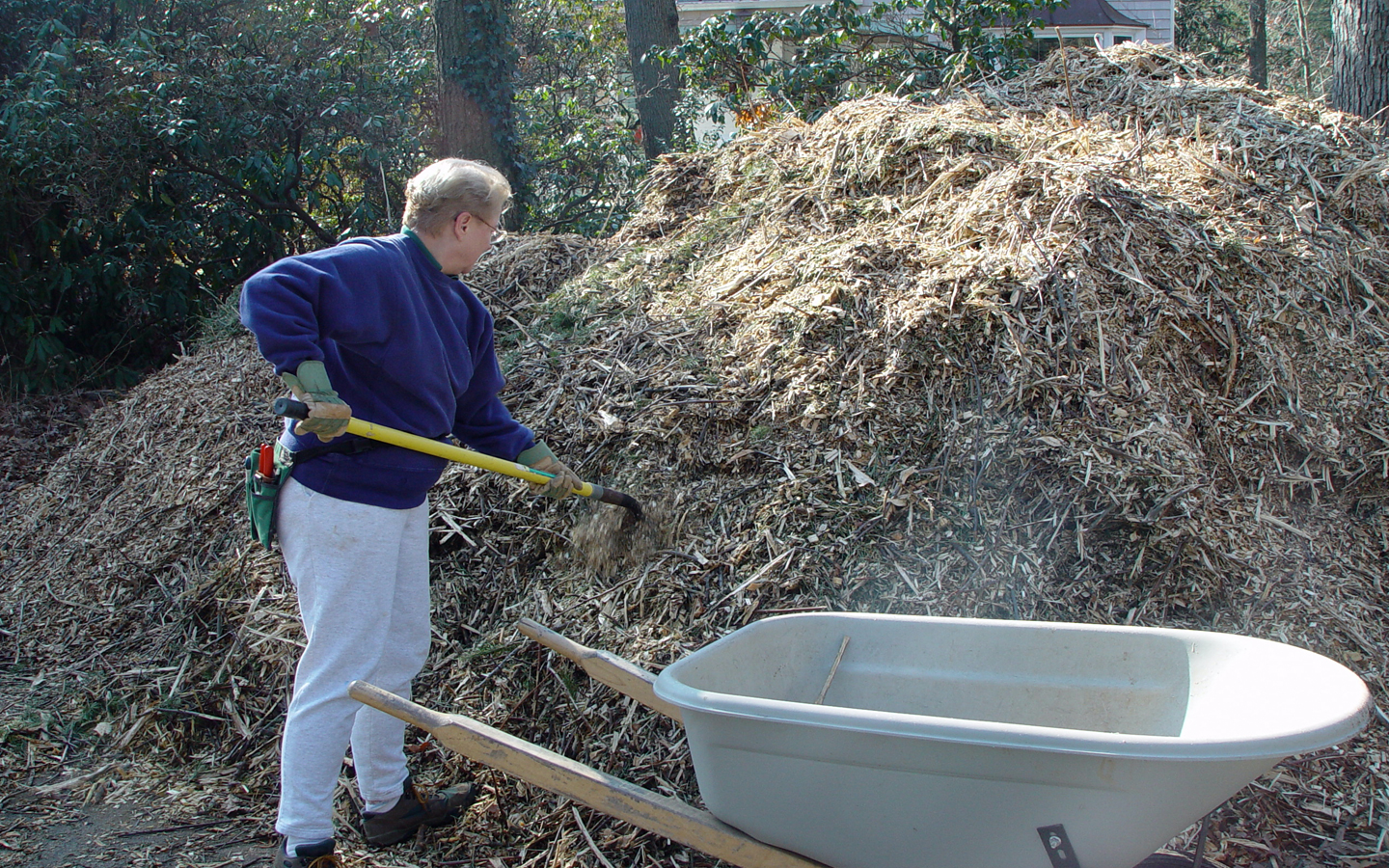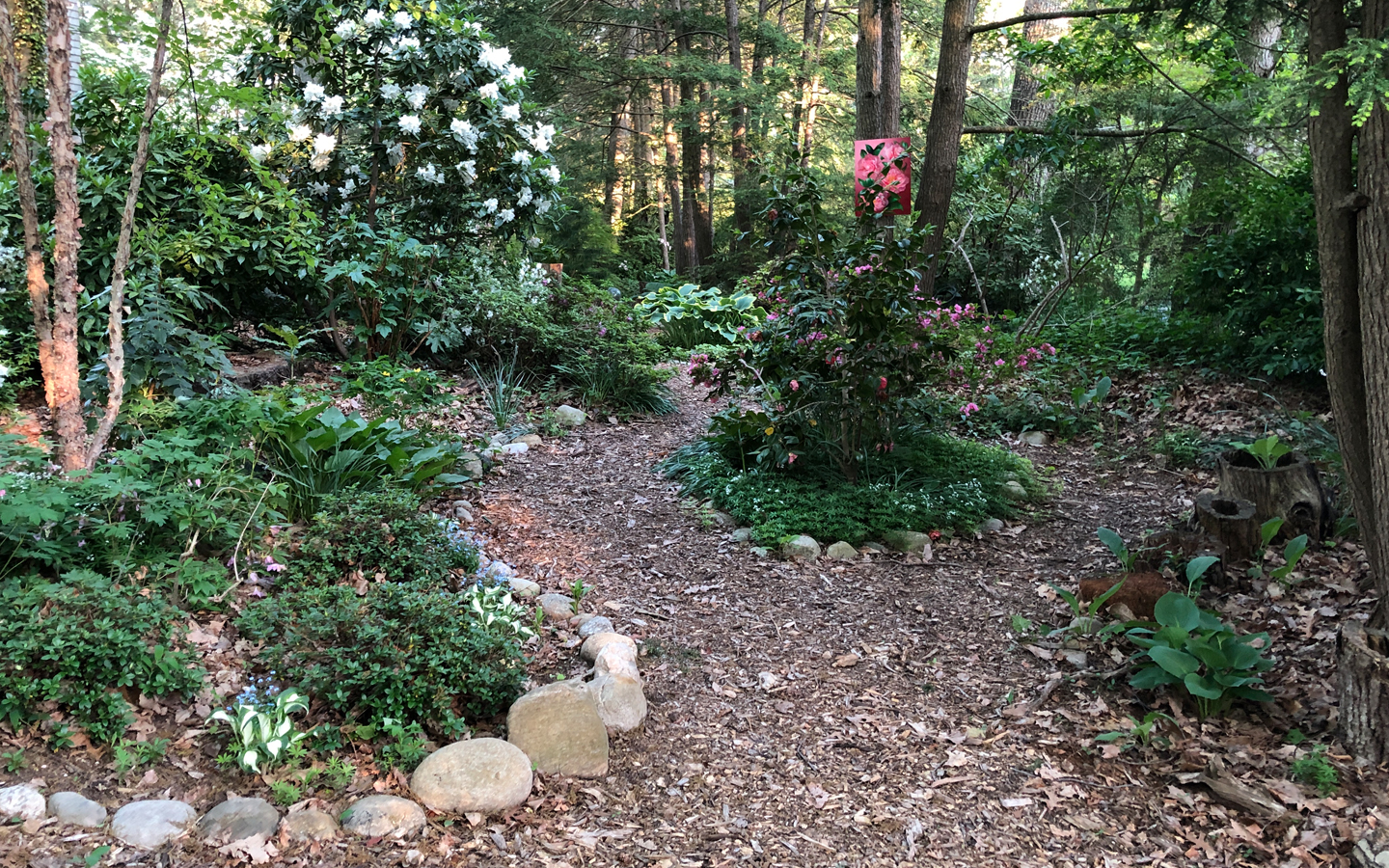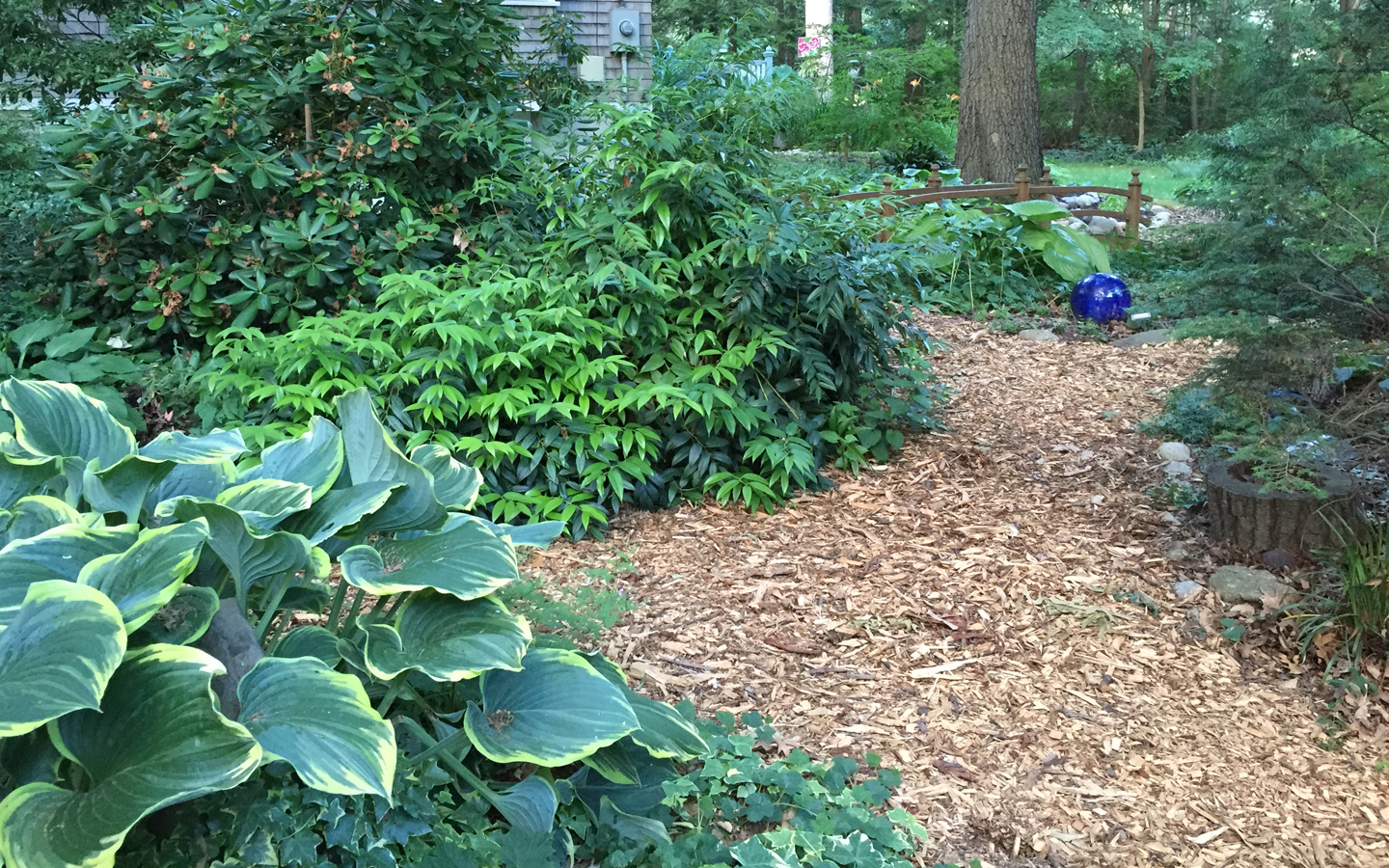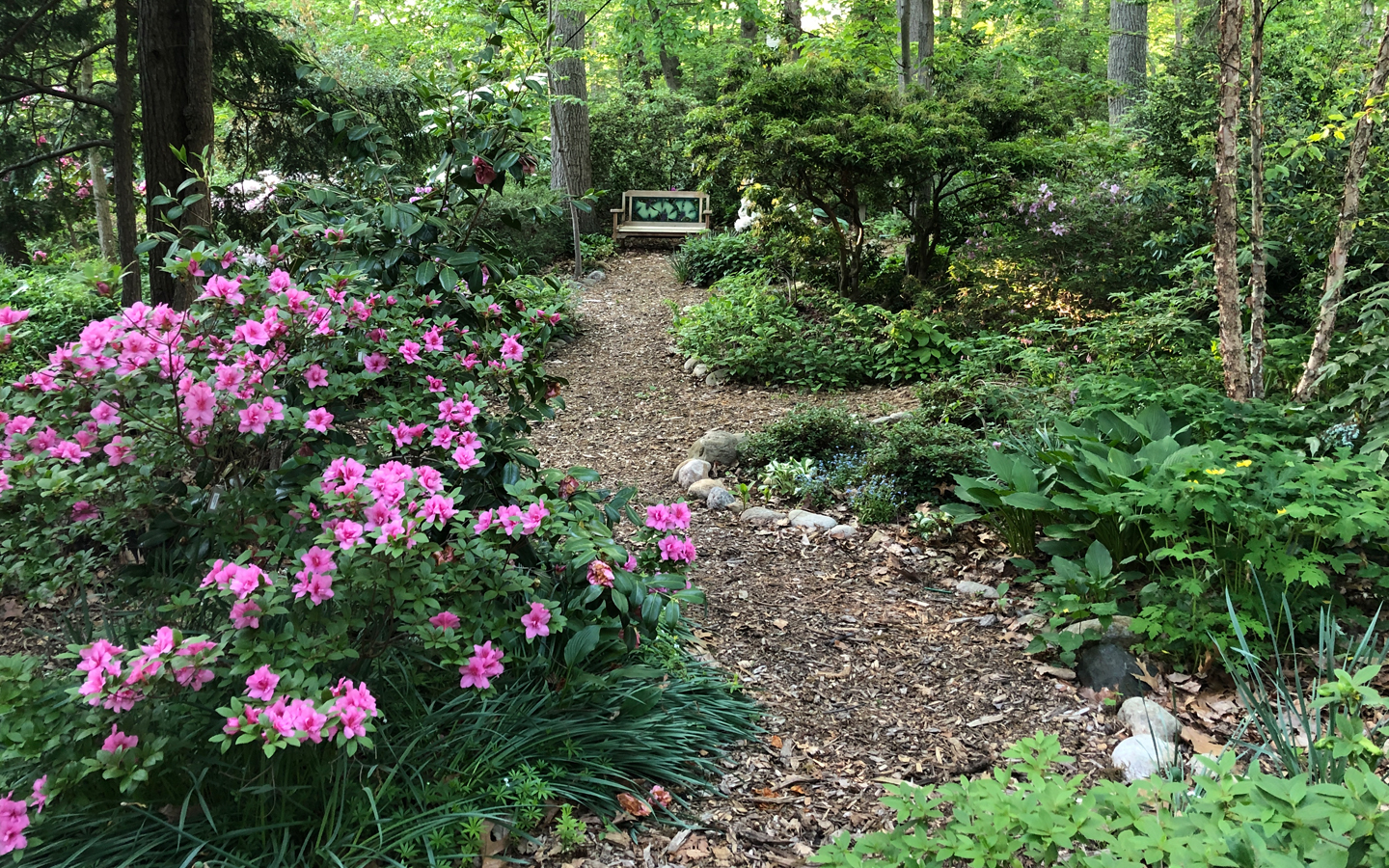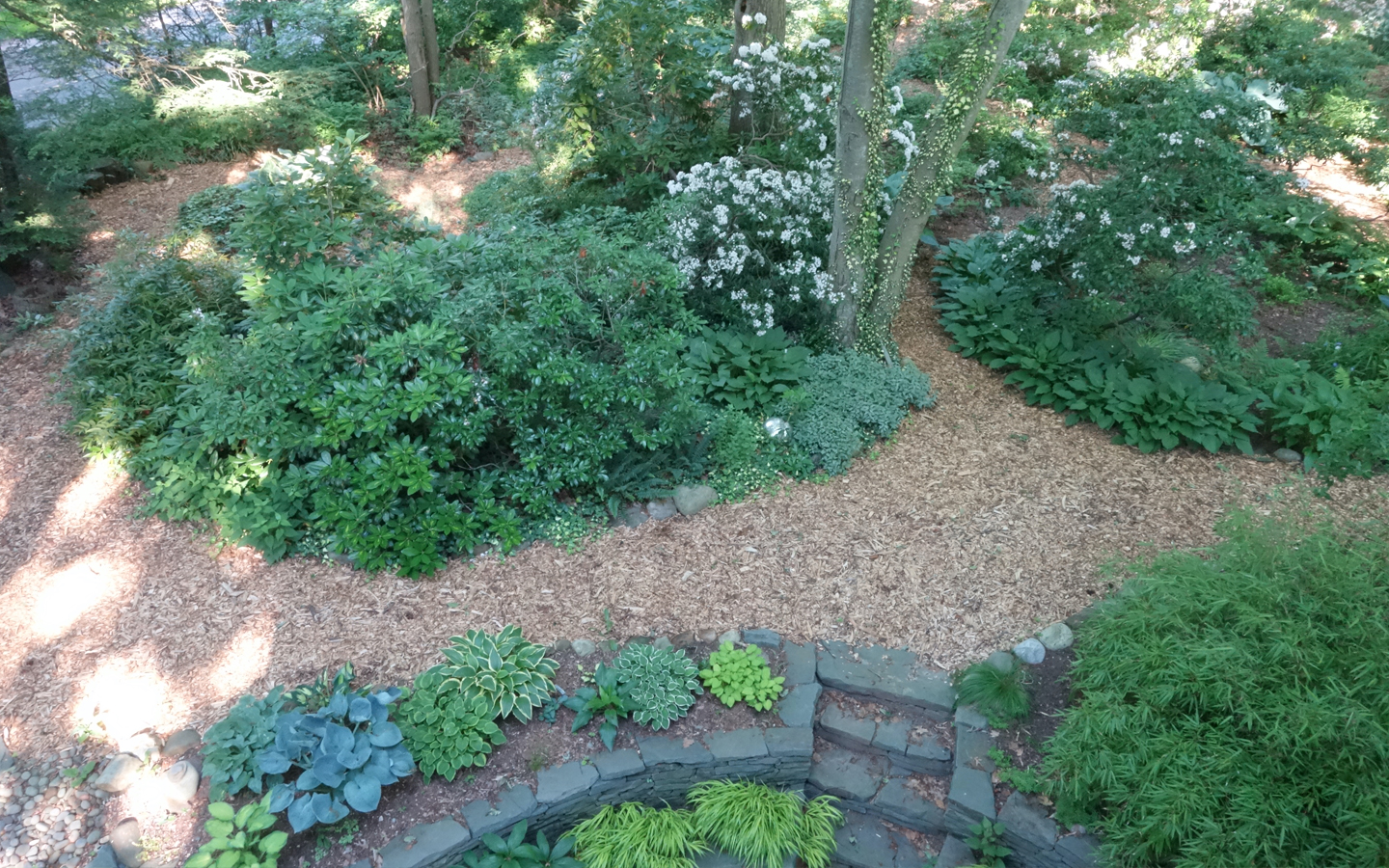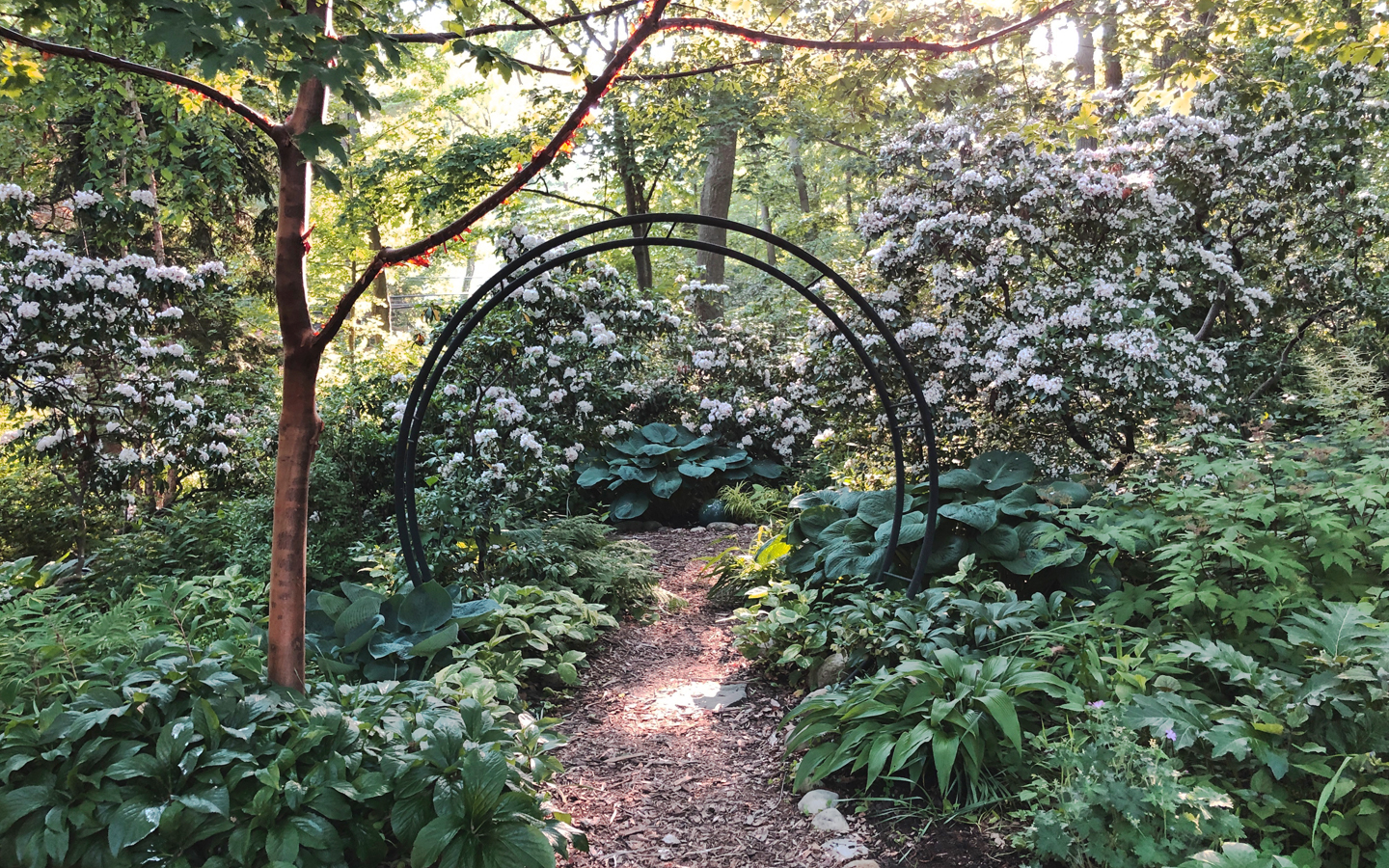
Wilhelmina Gerrits-Nicolai. AKA – Tante Wilh c.1947
When I was a young child growing up in Brooklyn NY, we would travel as a family to Holland to visit our relatives. As one would expect, I was always exposed to new ideas and experiences beyond the normal and predictable rhythm of my life. At home, I was used to what my mother cooked and how she cooked it though I was not included as an assistant in the kitchen. I was also not included in planning the meals, gathering the supplies, shopping for the food, or storing it. I didn’t clean it, chop it, or scrape it either. Basically, food was just put in front of me and I ate it. It was not something that I thought about.
Tante Wilh was our mother’s oldest sister and she lived with her husband Oom Herman in Breda. Wilhelmina was the eldest in that large Gerrits family and was so different than my mother Truus. She seemed so efficient and knowledgeable even though we didn’t speak the same languages fluently. We sure found ways to communicate.
At the age of seven, Tante Wilh had me working next to her in the kitchen, chopping vegetables, popping peas from pods, and taking the tips off the string beans. All her food was fresh, nothing canned like we had at my home. I don’t remember how those veggies tasted or whether I even liked them, what I do remember is how much I enjoyed being in the kitchen with her helping to make our meals.

Current Shrub in my front garden (without the currents)
One day she handed me a fork and a bowl and sent me out to her garden and told me somehow or other with hand signals, my broken Dutch, and her broken English to get the red berries from the shrub growing along the edge of the garden. I found this big green shrub with these tiny bright red round berries. I used the fork as she had pantomimed, to slide the tines of the fork along the sides of the branch edge that was holding the berries. When I did so, the berries popped into the bowl she had given me. I felt so proud to be given such a great responsibility to harvest these home-grown red berries. I brought them into the kitchen and Tante Wilh had me wash them and then put them onto the salads we were having along with our dinner that evening. I was bursting with pride at having contributed so significantly to the meal the whole family was eating that evening at the dining room table together.
This year at one of the nurseries I frequent, I saw a bit of bright color dangling from the tips of the branches of a shrub. This color combination galvanized my interest. It turned out to be a Current shrub that was sporting the very same bright red berries that I’d seen all those years ago in Tante Wilh’s garden. Within moments that shrub ended up in the back of my SUV. Now, sitting with pride of place in the middle of the shrubs and perennials in my front garden is that Current bush. I can see it through the French Doors in my living room. The birds feasted on the berries before I could gather them. But that’s all right since I gather the memories which is more important than the taste of the berries to me. I can still feel the sense of belonging that Tante Wilh gave to me by sharing and teaching me about creating meals, about family, about inclusion, about process, and about growth, as I stood by her side, elbow to elbow in the kitchen.





